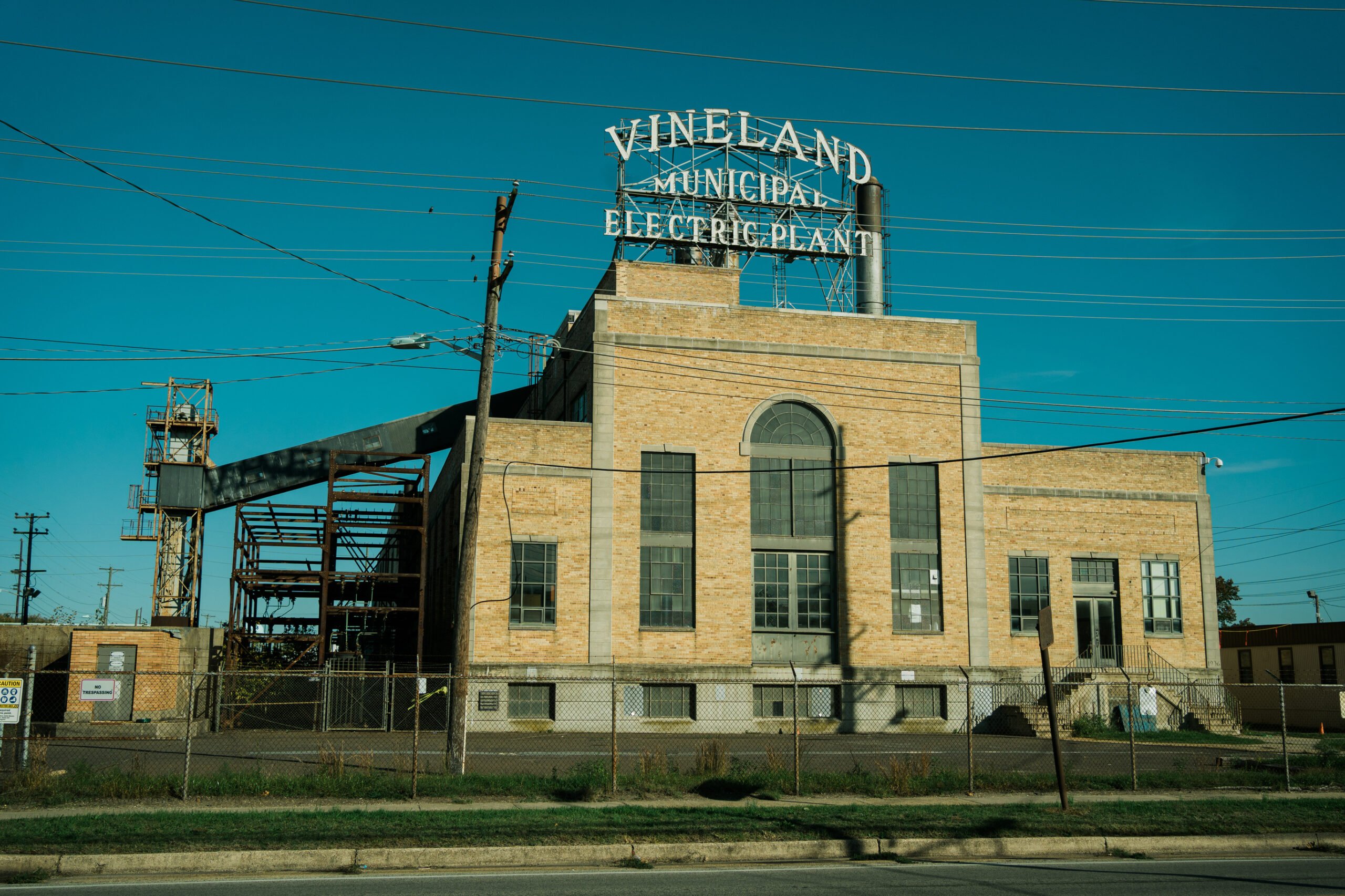TRENTON, N.J. — New Jersey is in the grip of an escalating energy crisis, triggered initially by the closure of five coal-fired power plants and one nuclear facility since 2017, leaving the state grappling with dwindling in-state generation capacity and increasing reliance on imported electricity.
With those plants shut down, and the failed promise of Governor Phil Murphy to deliver reliable and affordable green energy alternatives, residents are staring down the barrel of a 20% energy hike this summer.
The shutdowns—spanning from Jersey City to Cape May County—represent a combined loss of more than 2,500 megawatts (MW) of capacity. The closures come amid a national push toward cleaner energy sources, but critics warn that New Jersey’s transition has outpaced its replacement infrastructure, raising concerns about grid stability, cost volatility, and energy independence.
Key Points:
- Six major New Jersey power plants have shut down since 2017, totaling over 2,500 MW of lost capacity
- Closures include five coal plants and the state’s oldest nuclear facility
- Energy shortfall has increased New Jersey’s dependence on out-of-state electricity
Coal closures hit state power generation
Among the first facilities to close were the Hudson and Mercer Generating Stations, both shut down on May 31, 2017. Hudson, in Jersey City, contributed 660 MW, while Mercer, in Hamilton Township, supplied 360 MW. Both were coal-burning plants dating back to the 1960s.
In May 2019, the B.L. England Generating Station in Upper Township, also known as Beesley’s Point, ceased operations after nearly six decades in service. With a capacity of 450 MW, it had once been a key power source for southern New Jersey.
In 2022, two more coal-fired plants—Logan Generating Plant (219 MW) and Chambers Cogen Plant (244 MW), both in South Jersey—were decommissioned as part of a settlement with environmental groups seeking reductions in air pollution.
Nuclear retirement deepens shortfall
Compounding the crisis was the September 2018 shutdown of the Oyster Creek Nuclear Generating Station in Lacey Township. Commissioned in 1969, the 652 MW plant was one of the oldest nuclear reactors in the country. Its closure removed a zero-carbon energy source that had reliably served the state for decades.
The loss of Oyster Creek has been particularly significant given nuclear energy’s role in providing consistent, base-load power without the carbon emissions associated with fossil fuels.
Grid strain and growing dependence on imports
With no new large-scale generating stations coming online to replace the decommissioned plants, New Jersey has turned increasingly to electricity imports from neighboring states. The result has been heightened strain on regional transmission systems and greater exposure to external market forces.
Energy experts warn that the state’s current trajectory could result in higher utility bills, grid reliability concerns, and a lag in meeting renewable energy targets.
Future uncertain as infrastructure lags behind
While New Jersey has committed to ambitious clean energy goals, including offshore wind and solar expansion, those projects remain years away from fully compensating for the capacity losses. In the meantime, the gap in local power production continues to widen.
Officials have yet to announce any immediate measures to replace the shuttered plants or address the shortfall, though calls for accelerated investment in storage and renewable integration are growing louder.

